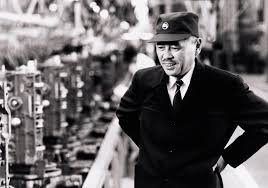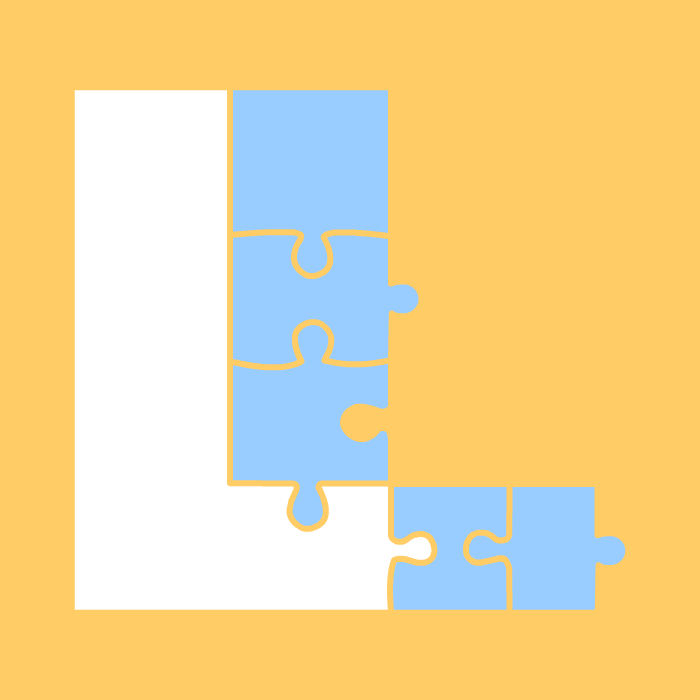Learning to See
Taiichi Ohno is the Japanese industrial engineer who played a major role in pioneering the Toyota Production System. When training a new manager, legend has it he drew a circle on the shop floor and have the manager stand in the circle. He was given the job to “see”.

Taiichi Ohno
He then walked away. Upon returning if the manager’s list of process improvements was not long enough, he would have them remain in their circle. At the end of the day, if they had not come up with a list he deemed sufficient, the manager would very likely return to the same circle next day. There they would remain, until he was satisfied the list represented a good start.
- Muda – futility, uselessness; wastefulness.
- Avoided by asking if he customer would be happy to pay for the item or service in question.
- Inventory in manufacturing or seldom used software features are two examples.
- Any process that consumes more resources than needed, causing waste to occur.
- Mura – unevenness; irregularity; lack of uniformity; non-uniformity; inequality.
- Avoided by Kaizen (small incremental process improvements) or just in time production.
- Muri – unreasonableness; impossible; beyond one’s power; too difficult; by force; perforce; forcibly; compulsorily; excessiveness; immoderation.
- Avoided by standardized work.
Additional thoughts on Muda
Ohno developed these seven ways organizations should use to identify Muda (waste).
- Delay, waiting or time spent in a queue with no value being added.
- Producing more than you need.
- Over processing or undertaking non-value added activity.
- Transportation.
- Unnecessary movement or motion.
- Inventory.
- Reduction of Defects.
Learning to Think
This quote from Taiichi Ohno summarizes much of what he believed, The Toyota style is not to create results by working hard. It is a system that says there is no limit to people’s creativity. People don’t go to Toyota to “work” they go there to “think”.
Passionate thinking gives birth to process improvements. Thinking truly begins when we exercise the art of seeing.
Additional Resources
- Scrum Inc (Scrum Lab) notes on Muda.
- Gemba Walks – book by Jim Womack and John Shook
- Learning to See – article by Jim Womack & Dan Jones
- Quotes from Taiichi Ohno
